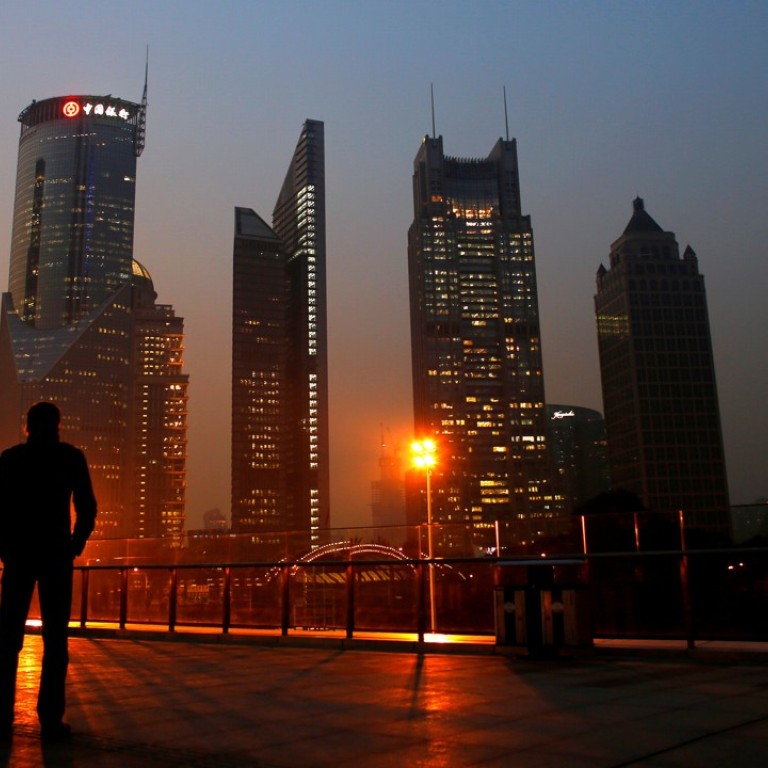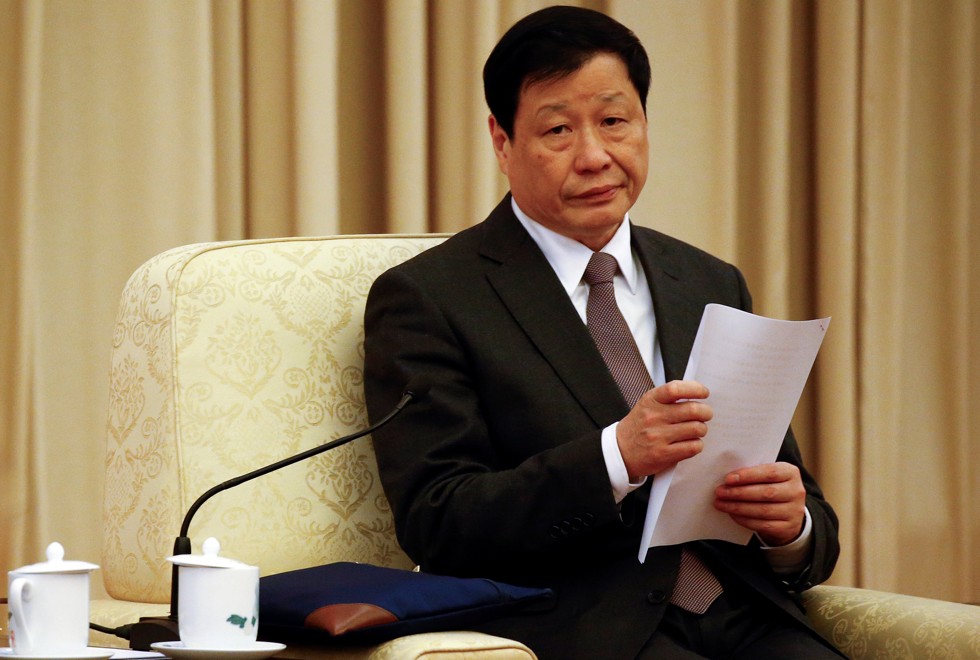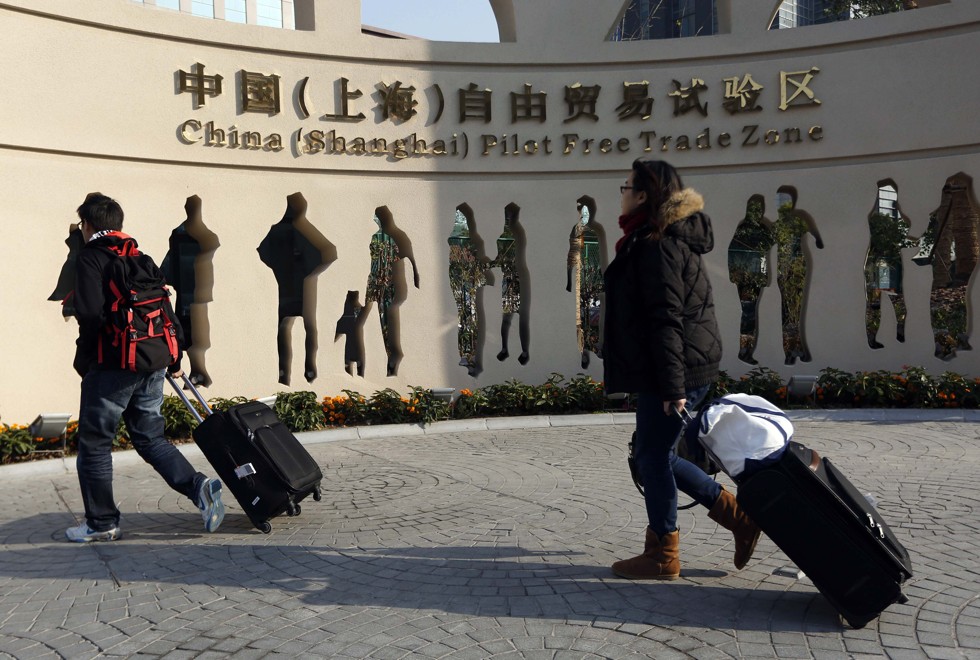
Shanghai edges closer to building a Hong Kong-style free port as it mulls experimental reforms
Shanghai mayor says moves are afoot to implement policies in a pilot zone before expanding reforms and technological innovations to planned free port
Shanghai will earmark an area for stress tests to pave the way for the city’s building of a free-trade port, the latest sign that the mainland’s commercial capital is looking to further open up its market.
Mayor Ying Yong told the annual session of the local People’s Congress on Tuesday that the area undergoing stress test aims to be a pilot zone to spearhead further economic reforms and technological innovations, without elaborating on the size of the zone or the time frame for the launch.
The zone will be similar to a Hong Kong-style free-trade port, an international-standard marketplace where free cross-border flows of commodities and capital are allowed, according to the mayor.
“Based on the Yangshan Deep-water Port and Pudong International Airport, we want to explore the potential of building a free-trade port,” Ying said as he presented the government’s annual report to the local legislature.
The plan to reserve an area for stress tests represents Shanghai’s initial efforts to create the free-trade port, said Chen Bo, a professor at Huazhong University of Science and Technology, who is an adviser to local governments including Shanghai.
“With successful running of the small-size area, policies can be copied to other parts of the city to deepen reforms,” he said. “It will be a step-by-step approach.”
Shanghai unveiled its ambitions of developing a free-trade port last year, following the lacklustre running of the free-trade zone (FTZ) launched in late 2012, which now covers a total area of 120 square kilometres in Pudong, to the east of Huangpu River.
The free-trade port will be an upgraded version of the FTZ.
Except for businesses on a “negative list”, all investment can be made in the zone without going through government approval procedures.
The mayor did not say whether drastic liberalisations such as fully convertible yuan and freer cross-border commodity flows will be implemented in the zone for stress tests.
Still, it is believed that foreign and domestic companies will be given greater freedom in trading and manufacturing goods inside the area.
Shanghai has drawn up a guideline for the development of the free-trade port as officials said the city aimed to establish a free market on par with cities such as Singapore and Hong Kong.
The guideline has been submitted to the central government for scrutiny and it cannot be implanted unless Beijing grants Shanghai municipality approval.
Professor Chen said the proposals by Shanghai include further financial liberalisations, eased visa rules for foreigners and loosened customs oversight.
It is widely expected that the Pudong district, covering a total area of 1,200 sq km, will be eventually turned into a free-trade port territory.
But two local officials said it would take a long time before Shanghai becomes a thriving free marketplace since it was difficult for government authorities to entirely relinquish their roles in directing business activities.



